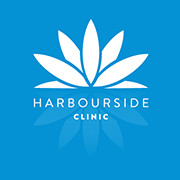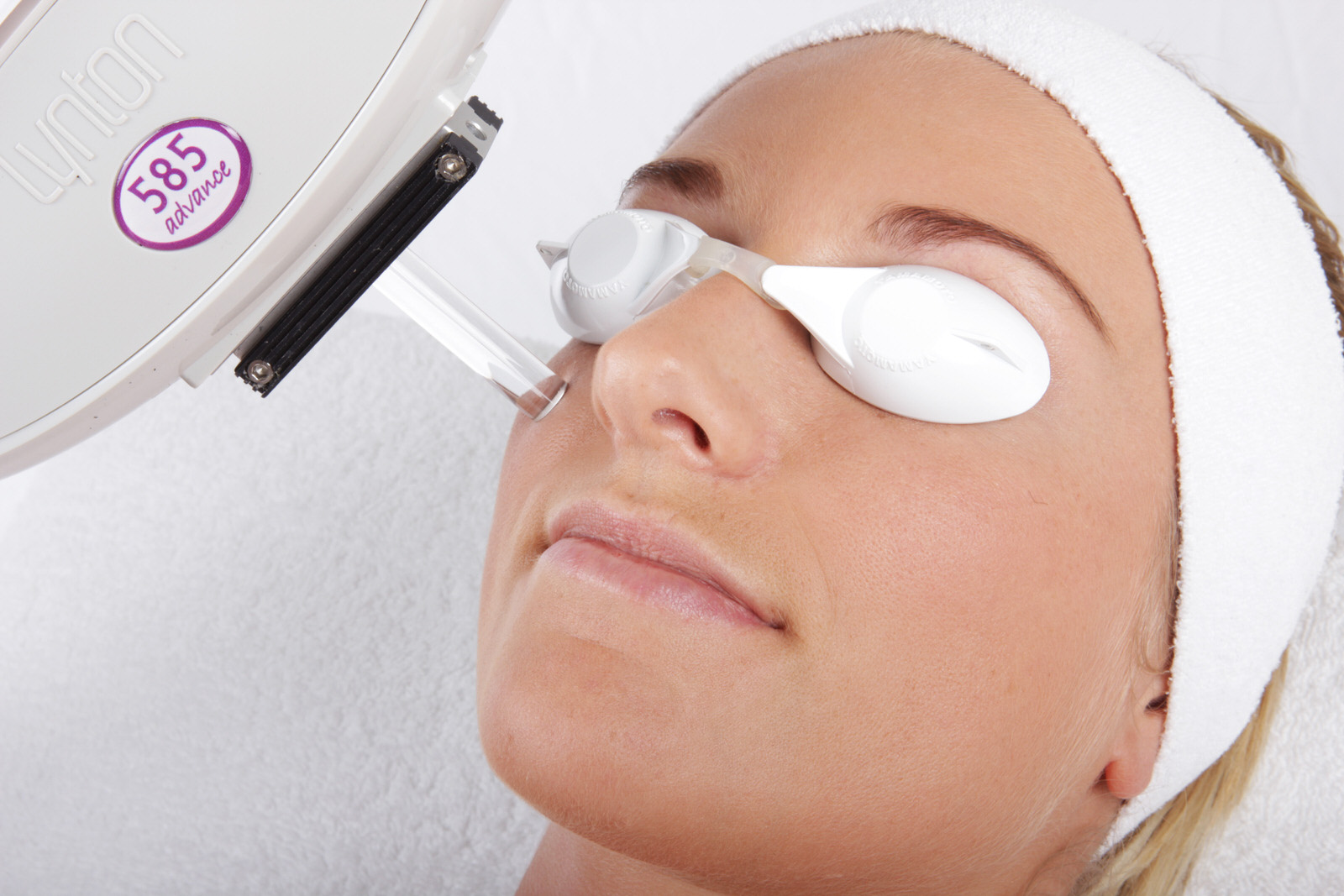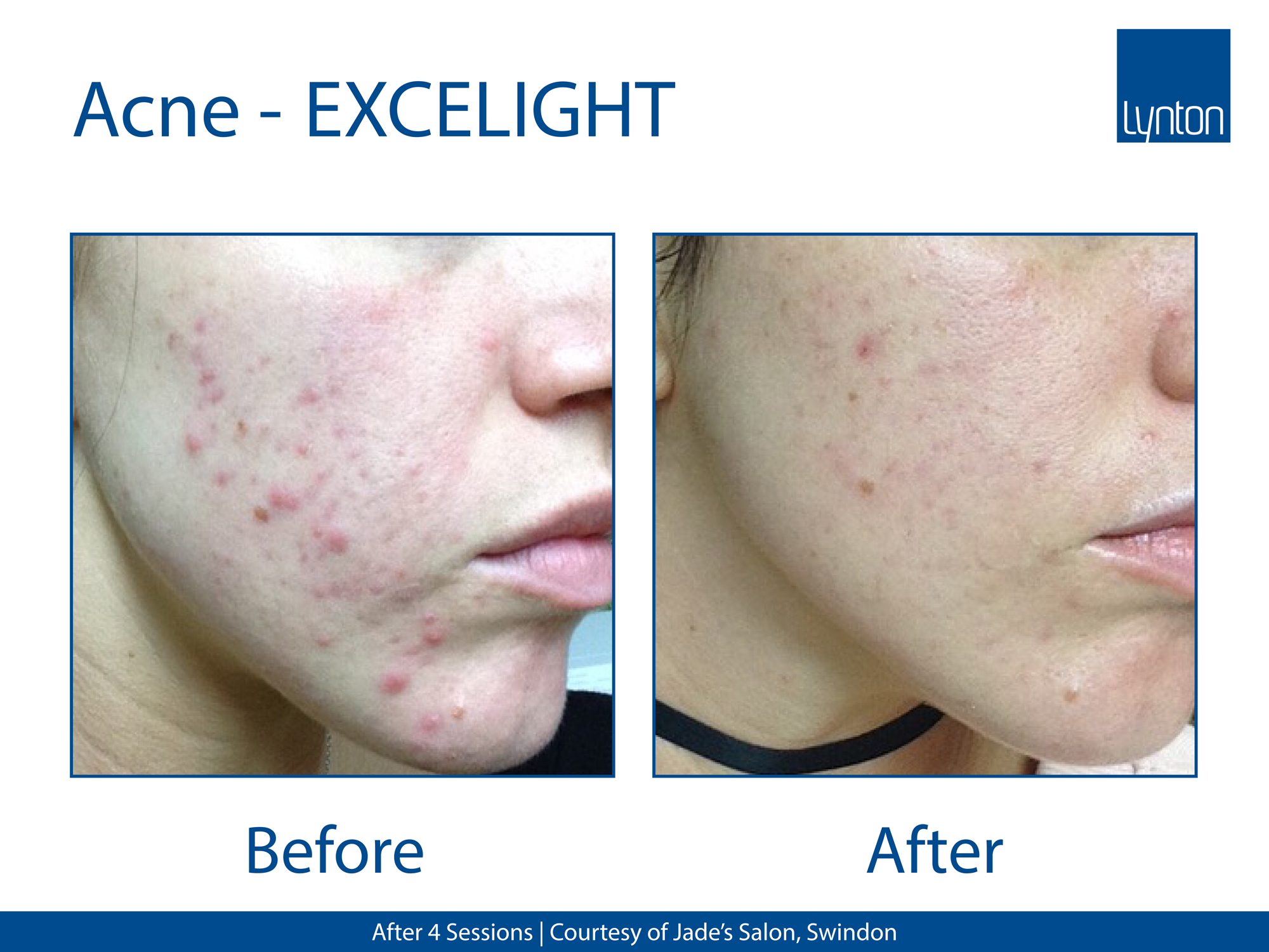You don't have to let acne affect your confidence!
The Harbourside Aesthetic Clinic offers a range of successful acne treatments to leave your skin clear and blemish free. Acne can be effectively treated with a number of treatments including: Intense Pulsed Light (IPL) alone or in combination with other clinical treatments. Intense Pulsed Light treatments greatly reduce the number and severity of active lesions, lessening the inflammation and frequency of break-outs.
Why choose The Harbourside Aesthetic Clinic for your IPL treatment ?
The Harbourside Aesthetic Clinic uses unrivalled, specialist equipment supplied by the UK’s No.1 manufacturer – Lynton Lasers. Our EXCELIGHT IPL provides optimum results for all clients, utilising a mix of state of the art technologies.
Alison has been treating patients with laser and IPL (intense pulsed light) for 6 years. She has undergone extensive, up-to-date training that covers the key fundamentals of laser and IPL treatments. Most importantly, she is dedicated to achieving highly effective clinical results while prioritising client safety.
Consultation & Test Patch Procedure
Prior to treatment you must first undergo a consultation where details about your medical history are obtained in order to confirm suitability. Before proceeding you will be asked to sign a consent form and undergo a test patch.
Fortunately, you have options!
There are many kinds of acne treatments available. Acne is highly individual and response to treatments does vary from person to person. Often several treatments are recommended in combination. We offer an extensive range of acne treatments such as Chemical Peels, Plason, Celluma and Cosmeceutical Skincare and will advise on the most suitable procedure for you and your skin.
What Causes Acne?
frequently asked questions
How does Intense Pulsed Light work on acne?
The light emitted from the Intense Pulsed Light system directly targets overactive sebaceous glands, greatly reducing the total number and severity of active lesions, and lessening the inflammation and occurrence of break-outs. The light stimulates the production of new collagen to improve skin texture, and can also reduce the appearance of red or brown areas of skin that are often associated with acne breakouts.
How is the treatment Acne IPL carried out?
A layer of chilled gel is applied to the skin to help guide the light. The light guide is placed onto the skin and a short pulse of light is released. The applicator is passed over the skin several times before moving onto the neighbouring area, and the process is repeated until the whole area is treated. Each pulse of light treats a large area of skin and so the duration of the treatment is very short. The gel is removed and the skin is moisturised. During treatment protective eyewear will be provided.
Am I suitable for Acne IPL treatment?
Almost everyone can be treated, apart from very dark skinned or tanned individuals. If you are pregnant or taking Roaccutane (an acne medication) it is best not to undergo laser or Intense Pulsed Light treatment.
How does the treatment feel?
Treatment is mildly uncomfortable but no anaesthesia is required. Many people describe the sensation as similar to the flick of an elastic band.
What should I expect after an Acne IPL treatment?
Immediately after treatment the skin may appear red and a warm tingling sensation may be felt. Typically the skin is cooled to ease any discomfort and a calming gel is applied.
Are there any side effects?
The treated area can become quite red immediately after treatment but this usually disappears within a couple of hours. Most people experience no other side effects but very rarely a small blister could form or the skin may become temporarily lighter or darker.
How long does Acne IPL treatment take?
A typical treatment session is approximately 30 minutes.
How many Acne IPL treatments are necessary?
The number of treatments necessary varies from person to person, but typically 6 Intense Pulsed Light and 6 exfoliating treatments will result in a significant improvement.


